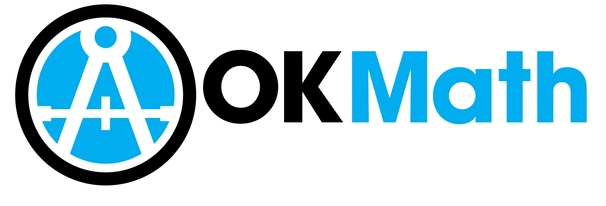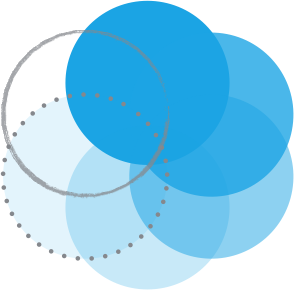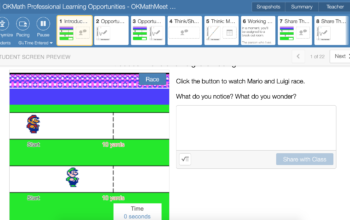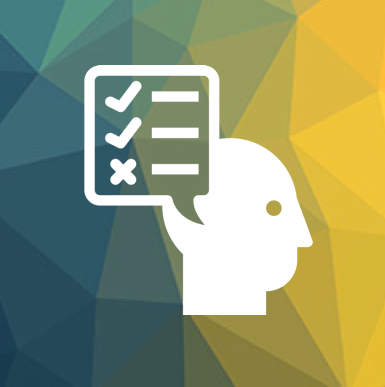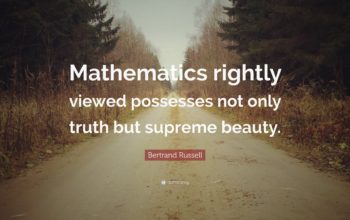By now, you’ve hopefully seen the wonderful work of the OKMath Framework. I bragged about it here and made a little intro video about it here. It’s been a lot of fun to work on this project for the last 18 months and we’re through-the-roof excited about the work that we’re starting to share from Phase 2.
Before I go much further, I want to make sure to thank the wonderful team of teachers we have on this project. They are magnificent, dedicated, and downright brilliant. Take a moment to meet them here.
Version 2 Grade-Level Progressions are Live
Just a couple weeks ago, we released the second version of Learning Progressions for every grade. We think that these new progressions are a really important evolution of the work of Phase 1, but we didn’t want you to miss out on the original version if you had put a lot of work into it or really loved it. You’ll see that a link to the original version in each grade level’s progression introduction. While we will keep those versions live, we won’t be developing resources around that structure any longer. So, think of it as a progression that is becoming “unsupported.”
I’ve provided a sample from 3rd grade to show the new introduction to each and every progression. The new progressions represent a ton of work and we think it’s worth knowing a little about what was in our heads as we edited them:
[successbox]Welcome to the new progression for 3rd Grade. This progression builds upon Math Framework Project Phase 1 work (see Progression v1 here), taking many of the best features and building in an Overarching Question, Essential Questions, and Big Ideas for each unit. This new model takes the work of bundling standards to the next level by grouping together grade level concepts under Big Ideas. The Big Ideas are designed to represent the critical mathematics of this grade level in a manner we believe to be more coherent and productive as a guide for planning instruction, assessment, and intervention. Big Ideas are not a replacement for the objectives. [/successbox]As with every other component of the OKMath Framework, we’ve attempted to be very open with our work and have relied heavily on feedback from the nearly 5,000 educators that are connected to the #OKMath Facebook group. Just in case you missed the opportunity to give feedback, we’re still happy to take it; use this link to give us feedback.
You can jump directly to your grade of choice in the table below if you’re not interested in the recent work to develop course materials for each and every grade.
| Lower Elementary | Upper Elementary | Middle School | High School |
|---|---|---|---|
| PreKinder / Kinder | Third | Sixth | Algebra 1 |
| First | Fourth | Seventh | Geometry |
| Second | Fifth | Pre-Algebra | Algebra 2 |
Building the Perfect Unit

Last year, we were thinking an awful lot about the “search for coherence” in open education resources. I’ve shared the presentation I was using to bring this consideration to Oklahoma schools here and at the bottom of this post. My elementary counterpart, Robbyn Glinsmann, and I were and continue to be really struck by the language (see image to the right) the National Council of Teachers of Mathematics used in their position statement (read Matt Larson’s post here).
Unfortunately, the free then quality mantra of the OER movement is not one I’m willing to take a risk on. If we believe that the domain of mathematics is powerful, connected, and meaningful rather than a “collection of topics,” we should also agree that we don’t have time to use mediocre or even harmful (see Alfred North Whitehead) materials. When groups, schools, and teachers are forced to operate without high-quality materials, this common approach of building an aligned database is likely to accidentally lead to a set of materials that do not consistently pass a rigorous filter for what makes a quality activity. In case you need one for math, check out the Desmos (a la Dan Meyer) list here.
- What should schools/organizations/teachers do? This is hard to say coming from someone who isn’t actually in a district right now. I do think that starting with a collection of aligned resources should be considered a siren call. It sounds so appealing and is something you can point to as a tangible database, but without a host of support systems that help teachers to evaluate and adapt those materials so that they are a key component within a learning progression, a database is difficult to leverage and might even be worse than an outdated textbook.
- What did we do? We began by wondering about the storyline of the school year. This was something we felt pretty happy with based on last year’s work, but we really dug in and tried to define about 20 Big Ideas that would really capture the most important mathematical ideas of the year. These weren’t Power Standards, though. Definitively, our pursuit is driven by connectedness and utility of the mathematics, which we expect to have an enduring impact on the learning of mathematics, rather than the fragmented strategy that is oriented toward improved short-term student achievement and disregards implications beyond the current year.
With that in mind, we developed a set of resources for each unit that we believe are useful for teachers/schools that are looking for a few supplemental resources and for those teachers/schools that have pretty much nothing. We don’t want teachers to be forced to spend their own time and money looking for lesson plans so we did the heavy lifting ourselves.
For each unit, we have the following components:
- A one-day Launch Task (usually a one-day lesson),
- A set of Big Ideas (each having 3-4 lessons/tasks and usually a formative assessment resource) that allows for approximately one-week per Big Idea, and
- A Unit Closure (usually an assessment and occasionally including re-engagement resources).
There are variations across grade bands, but basically, they all have this structure. In the table below, you can see the current draft units for each grade. You will be able to find these on the OKMath Framework in the next week or so. We hope you like it!
